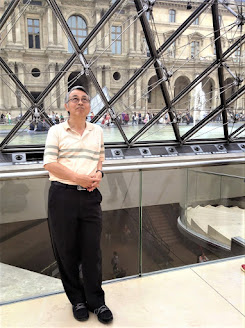The country remains home to some of the world’s most prestigious universities, such as Oxford and Cambridge, which continue to attract scholars from around the globe. The Commonwealth Games, originally an initiative of the British Empire, is still regarded as second only to the Olympic Games in scale and stature. The UK’s Westminster system of parliamentary democracy has been adopted, admired, or adapted by numerous nations worldwide, serving as a benchmark for many emerging democracies.
In the world of sport, England hosts some of the greatest football clubs globally - Manchester United, Liverpool, Arsenal, and others - yet few believe the national team is likely to reclaim World Cup glory anytime soon. England’s sole World Cup victory was in 1966 - 48 years before our visit in 2014 - and remains a distant memory. Similarly, the Thomas Cup, established by the British and one of the oldest and most prestigious trophies in badminton, is unlikely to return to British hands. Even in tennis, it took 77 years for a British player to win Wimbledon again, a drought finally ended by Andy Murray in 2013.
There is a lingering sense among some that England is in decline. Culturally and spiritually, significant shifts are underway. The British monarch has traditionally held the title “Defender of the Faith,” a role rooted in the nation’s Christian heritage. However, with Britain no longer a Christian-majority nation, this role is evolving. Prince Charles has previously expressed his wish to be known as “Defender of the Faiths,” reflecting a more pluralistic outlook. Some wonder if such changes signify a deeper transformation, or even decline, of national identity.
Yet despite these shifts, England remains a fascinating and rewarding country to visit. Its rich history, majestic architecture, scenic countryside, and remarkable cultural diversity continue to draw millions of visitors each year. I count myself fortunate to be among them.






















































